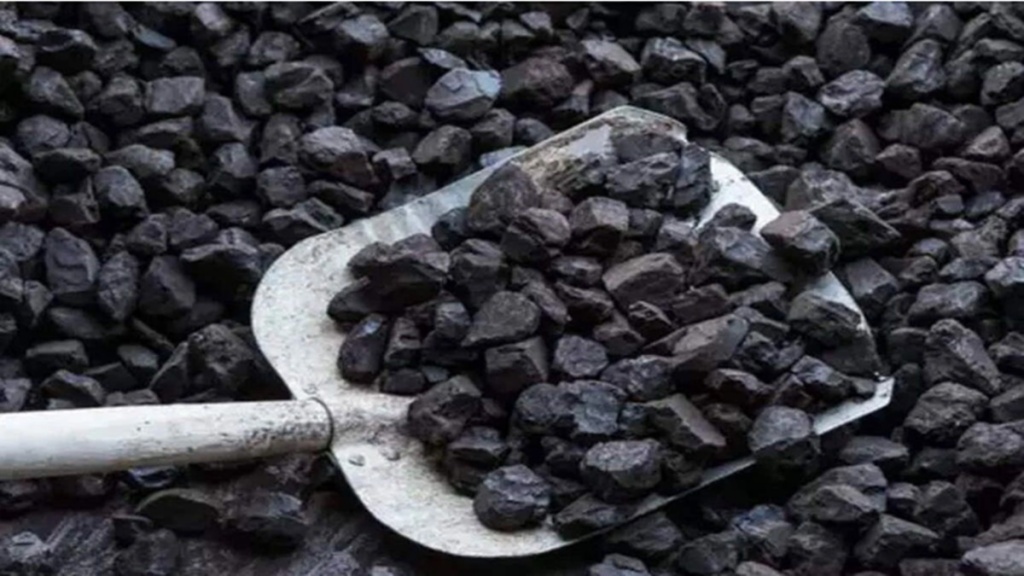This article orriginally appeared in Financial Express
Just energy transition’ must Shape net-zero pathways for fossil-fuel-dependent districts.

In the last 18 months, several modelling studies have been published on the costs and benefits of net zero emissions in India. A few days back, another modelling study was published, which projected that India will require an economy-wide investment of $10.1 trillion to achieve its net zero targets by 2070. But this will have significant gains, as it would boost annual GDP by 4.7% by 2036 and create 15 million new jobs by 2047. The benefits are even greater if India reaches net zero by 2050, says the study. In the words of Jayant Sinha, Member of Parliament, like previous modelling studies, this too predicts that “Net Zero is Net Positive” for India.
These reports are important at one level because they give us a macro picture of what it would entail to achieve the net zero target. They also give us the hope that we can address the climate crisis while growing our economy and creating millions of new green jobs. However, these macro-assessments do not tell us about the regional implications or the political economy of this transition. In other words, these reports have minimal relevance for planning a net zero pathway at the district or state levels.
For instance, the costs that these studies account for mainly include the investments required to build the new green industries and infrastructure—renewable energy, hydrogen, green steel, etc. They do not have the costs of closing the existing fossil-fuel based industries and infrastructure—coal mines, power plants, freight corridors, etc. However, at the district level, closing mines and plants are far more important than building the new industries, especially when there is no guarantee that these will come at the same place. In a nutshell, while macro-economic modelling has its value, today, we need studies to understand the costs, benefits and regional implications of achieving the net zero target so that we can plan and achieve a just energy transition. Let me illustrate this with the case of Angul, Odisha.
Over the last two years, my colleagues and I have been studying the coal districts of India to understand what a Just Energy Transition (JET) means and entails for these districts. We studied Ramgarh in Jharkhand, Korba in Chhattisgarh and, last week, we published our report on Angul.
The study of Ramgarh showed that the district has mostly unprofitable old mines, which will close soon. Ramgarh, therefore, needs to quickly start implementing an economic diversification plan to deal with the repercussions of the economic downturn due to the closure of mines. In Korba, India’s top coal-producing district, the reserves are getting exhausted, and most existing
mines and power plants will close between 2040-2050. So, Korba has a little more time than Ramgarh to implement a JET.
Angul, however, tells a very different story. The district produces about 100 million tonnes (MMT) of coal—about 12% of the country’s production. About 168,000 people are employed by coal mining and coal-dependent industries, and over 61% of the district’s GDP is dependent on coal. But coal production will grow three-fold in the next 10 years and peak at 300 MMT by 2033. Other coal-dependent industries, such as steel and aluminium, are also expanding. This growth is possible because Angul produces some of the cheapest coal in the country.
As per the current plans, there is no way that coal production in Angul can be phased out by 2050. If we try to reach net zero in Angul by 2050, then almost all mines will have to forego 30-60% of their reserves, and industrial assets would have to be shuttered at the peak of their economic life. So, how do we plan a net zero pathway for a district where the coal economy is growing exponentially? How do we close the mines and industries, and who will pay for this? How do we create alternative jobs for coal workers? Who will invest in the green economy? These are the questions that matter, and we need answers to these to develop a realistic just transition plan for real people.
Our study shows that it is possible to achieve net zero by 2050 in Angul, but it would require a JET plan spanning over the next three decades and billions of dollars of compensation and investments. It would require what we call the 5 Rs of Just Transition.
* Restructuring of the economy: Angul’s economy will have to diversify through investments in agriculture, forestry and service sectors. Its industries will have to move from a brown economy to a green economy through investments in renewables, hydrogen-based steel and urea, green aluminium, and a circular economy.
* Repurposing of the existing infrastructure: Repurposing mining land and industrial plants will be crucial for economic diversification. For instance, about 33,000 hectares of land in Angul are under coal mines and power plants. These can be used for solar PV, food parks, the development of fisheries and tourism sectors, etc.
Reskilling and skilling of the workforce: Large-scale skilling and reskilling programmes will have to be implemented to develop a skilled workforce for economic diversification.
* Revenue substitution: Currently, coal mines in Angul contribute over Rs 6,000 crore as royalty and cess to the state and the central government. This is projected to increase to Rs 18,000 crore by 2030. Angul’s economic diversification plan must at least substitute the revenues foregone from the coal economy.
* Responsible environmental and social investments: Angul is an economically-backward district and also a critically polluted area. Massive investments would be required for the closure and remediation of mines. Likewise, the district needs investments in social infrastructure—health, education, water, livelihoods etc., to build a sustainable economy.
Overall, Angul’s study shows that if we want to achieve the net zero target, then we must understand its implications at the district and state levels. Without this, big macro-assessments make no sense